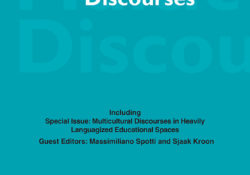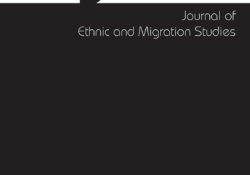tandfonline.com – From policy to practice: the illusion of Polishness in Polish immigrant community language and culture education
tandfonline.com har udgivet en rapport under søgningen “Teacher Education Mathematics”: ABSTRACT ABSTRACT Increasing mobility of people across nation-state borders leads to cultural and linguistic diversification and raises discussions about the inclusion of immigrant minority languages and cultures in education. This contribution investigates possible discrepancies between top-down curricular policies and bottom-up practices at a Polish complementary school in the Netherlands. It focuses on the implementation of the school’s curriculum in times of globalization and superdiversity and explores the maintenance of linguistic and cultural values in a multilingual setting. In doing so it uses the curriculum domains as introduced by Goodlad and colleagues, i.e. the ideological, formal, perceived, operational and experiential curriculum, as an interpretive framework to analyze possible discrepancies between curricular policies and educational practices. The results reveal discrepancies between top-down… Continue Reading

